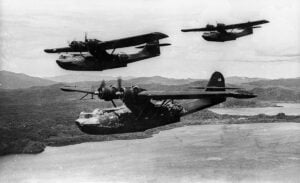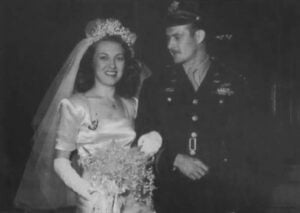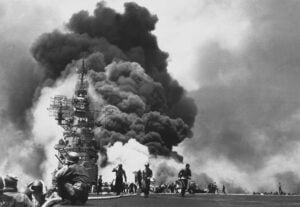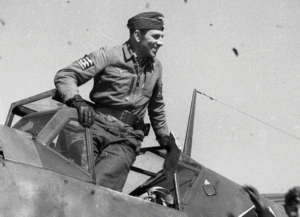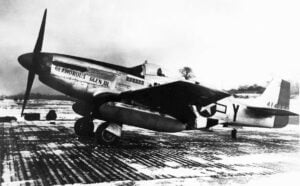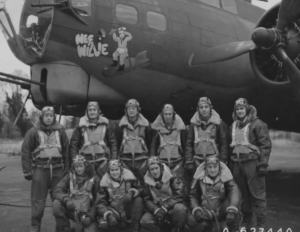What You Should Know About The Twelve-Gun Twin Spitfire
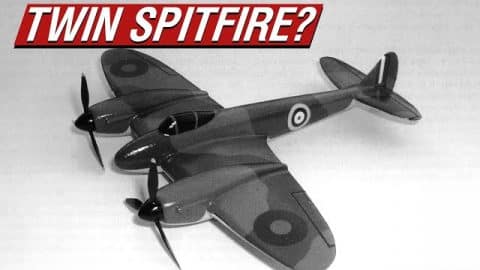
YouTube / Rex's Hangar
This video tackles some of the Supermarine twin-engine fighter concepts designed in the late 1930s. These were a trio of designs by Supermarine drawn up in response to the Air Ministry Specification F-18/37.
Among finer details, it calls for a single-seat fighter that could get to 400 miles an hour at 15,000 ft and would be equipped with twelve .303-caliber Browning machine guns.
A Proposal
During this time, Supermarine was in the Air Ministry’s favor because of the Spitfire and initially proposed the Type 324 and 325. The main difference between them was their engine configurations.
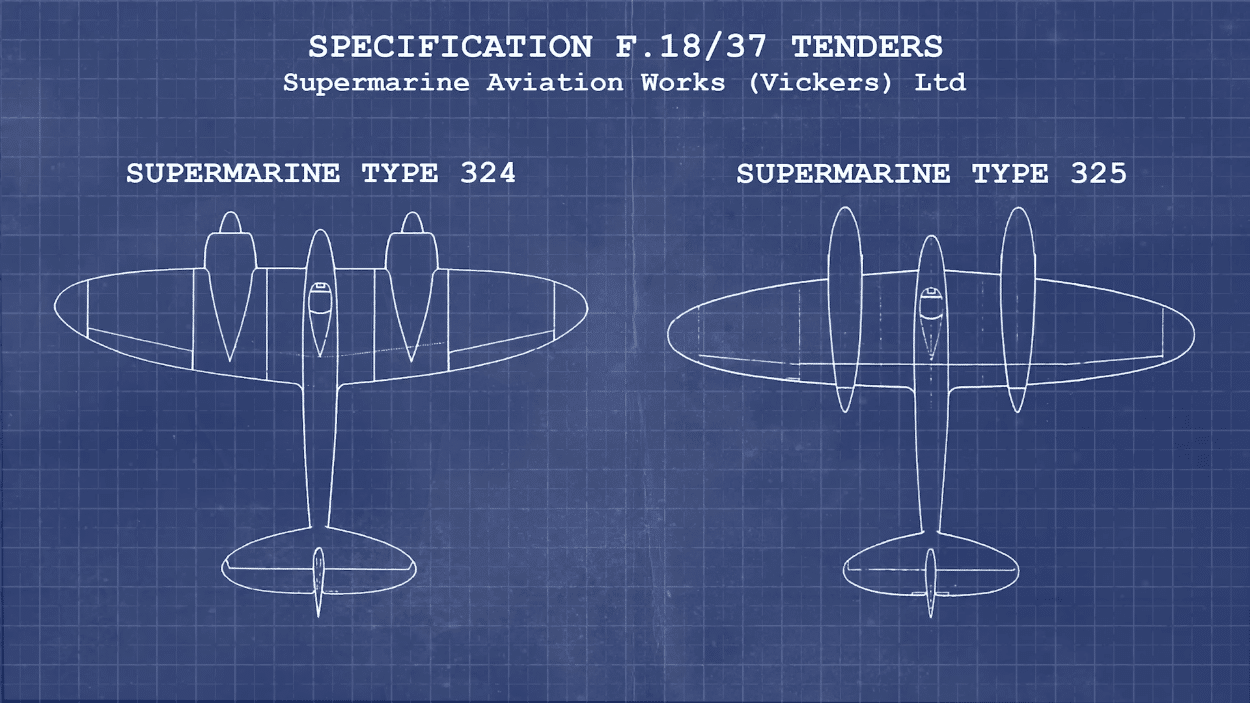
The 324 adopted a tractor configuration and meanwhile, the 325 was designed as a pusher. Remarkably, both designs were only marginally bigger than the Spitfire itself.
Twin Engine Design
The goal had been to create a twin-engine fighter with superior performance without a large increase in aircraft dimensions.
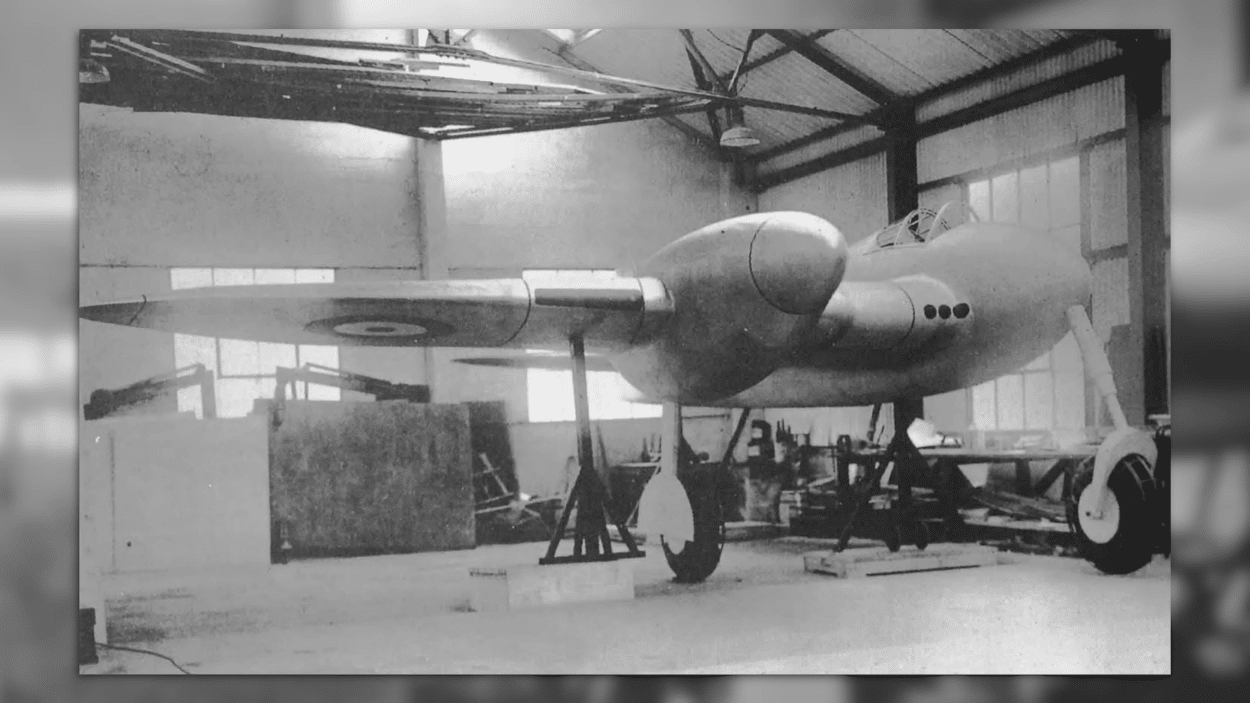
While introducing a second engine undeniably introduced extra complexities in engine controls, mountings, etc., the design team found the advantages far outweighed the drawbacks.
Twin Fires
During the later years, the similarities of these planes were so strong that they were eventually nicknamed the “Twin Fires” owing to the similarity of their wing profile to the original Spitifire. These wings would incorporate critical aircraft systems.
Promising, Yet Not Enough
Although promising, neither of these designs was selected for prototype construction, with the contract eventually going to Hawker.
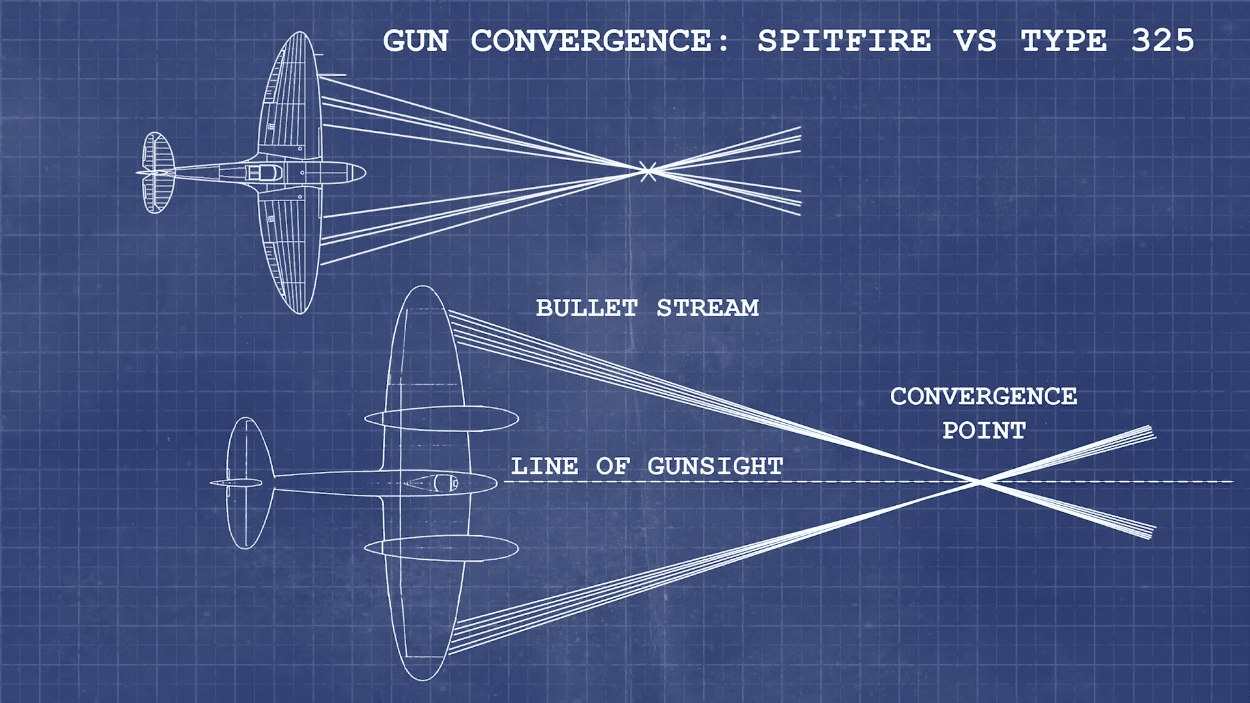
One of the concerns raised was gun convergence since the 12 machine guns were mounted on the outer sections of the wing. Thus, getting accurate firing out of wing-mounted guns was challenging.
Model 327
Despite the rejection of the two models, the project wasn’t completely dead. The 327 was developed in response to the previous designs.
This was a high-performance fighter plane armed with six 20 mm cannons which, unlike the previous designs, would be mounted on the wing roots to reduce the loading on the outer wing sections.
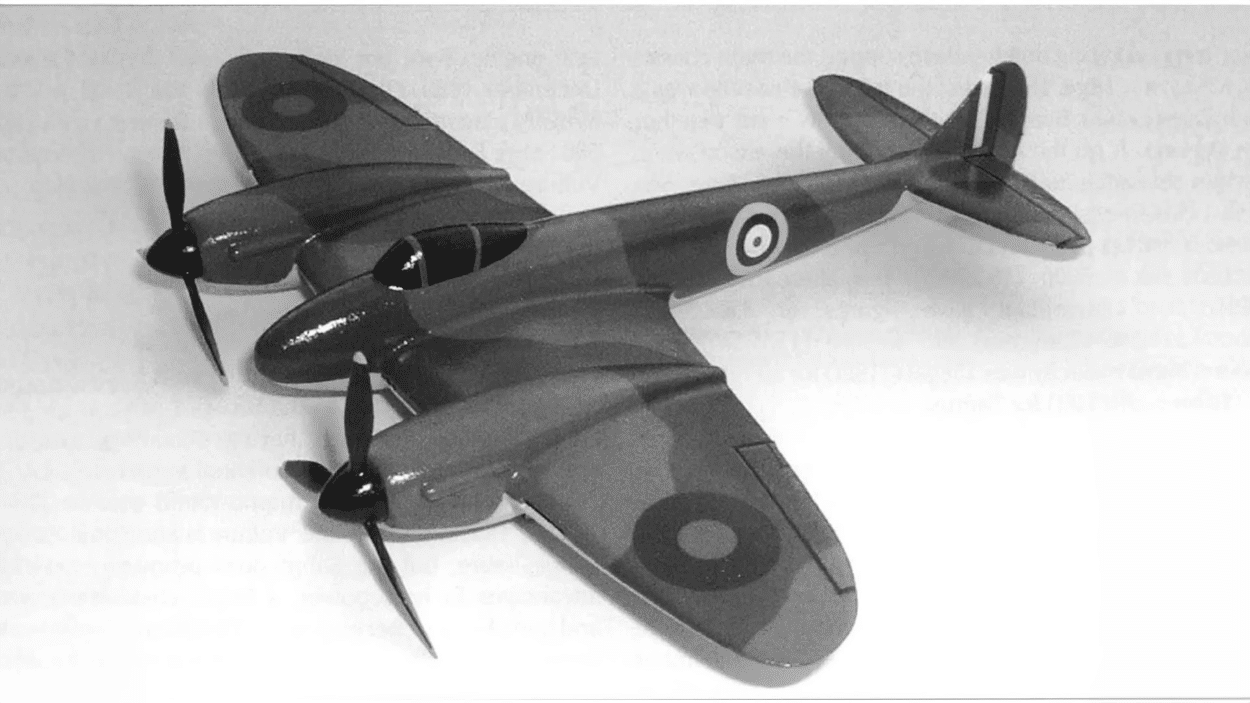
Unfortunately, they were denied again with concerns the armaments were mounted farther inboard raising concerns about ammo storage.














